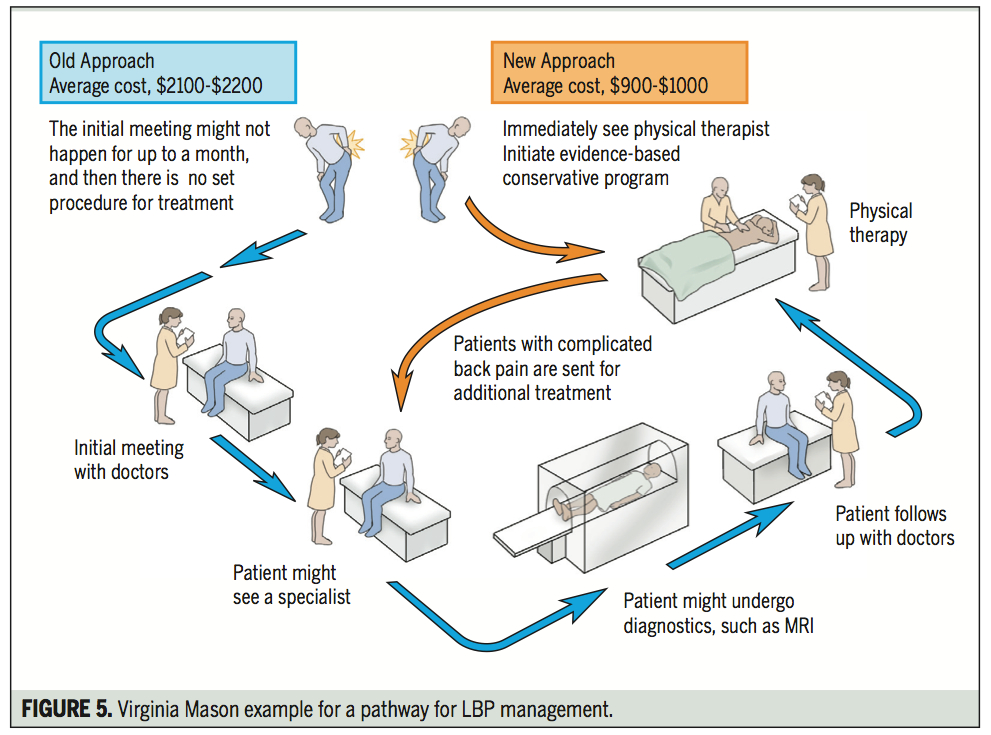October is Physical Therapy Month, so what better time than now to talk about what Physical Therapy is and what it can do for you. As physical therapy practitioners we often find that the general public doesn’t know exactly what we do, and as practitioners in this field, it is our responsibility to educate people on this subject.
Often when I ask people for their definition of what Physical Therapy is, the answer I receive is “physical therapy is something you get when you’re injured or if you’ve had surgery”. Generally speaking this an accurate answer but what physical therapy offers and what it is, is so much more than that. If I had to answer what I do for a living in 1-2 sentences or less I would say that I help facilitate improved function by teaching people to use their bodies the way they are anatomically designed. Rehab is a huge portion of physical therapy and I think most people know that. But what about having therapy before surgery, or pre-hab as I like to call it? Through our carefully selected interventions, we can help improve rehab potential following surgery; even postpone or alleviate the need for surgery. DO NOT underestimate the conservative treatments that Physical Therapy has to offer.
Just like your vehicle needs maintenance and tune-ups, so does your body.
The text below helps debunk many myths that are out there about physical therapy.
- Physical therapy is only for injuries.
Not only are physical therapists skilled at evaluating and diagnosing more common ailments like headaches, balance issues, incontinence, chronic pain, shoulder pain, neurological disorders, and other muscular pain, they can also help with injury prevention and educate clients about body mechanics. Post-surgical and post-injury rehabilitation is a small part of a physical therapist job.
- It’s going to hurt!
There will be times where your physical therapist will carry out certain tests or movements to help diagnose your problem, which can irritate your pain. Your physical therapist seeks to minimize pain and discomfort by helping you modify or improve movement patterns so you can continue doing activities you love; they work within your pain threshold to help restore function and movement.
- Medications, Injections, and Surgeries are better options.
All have their place, but in many cases, studies show physical therapy can be as effective as surgery when treating meniscal tears, lumbar spinal stenosis, rotator cuff tears and degenerative disk disease. Physical therapy is a long-term solution and a safer option than injections and medication.

4. PT is expensive.
Compared with the cost of surgery, preventative solutions like physical therapy will be covered by most insurance plans and less costly.
- I can’t see a PT without a prescription or referral.
Wyoming has acquired Direct Access for Physical Therapy. This means that PT can be your first stop. Direct Access or Self Referrals allow the patient to be seen for 12 visits or for 30 days, whichever comes first. It should be noted that Direct Access rules differ for Medicare and Medicaid patients’, and the specifics of what your private insurance will or will not cover varies.
- Treatment consists only of exercises.
Physical therapists are trained in many different treatment techniques and approaches. Exercise is only one form of treatment given to patients in addition to any necessary hands-on treatment that is specific to their condition. Home exercise programs are designed to further improve your condition and also promote carry over in between sessions. Patient participation is key to a successful treatment plan.
No matter what you’ve been dealing with or what your body is going through, physical therapy is a great place to start. I believe you owe it to yourself to put in the time and effort for physical therapy to improve the quality of your life.